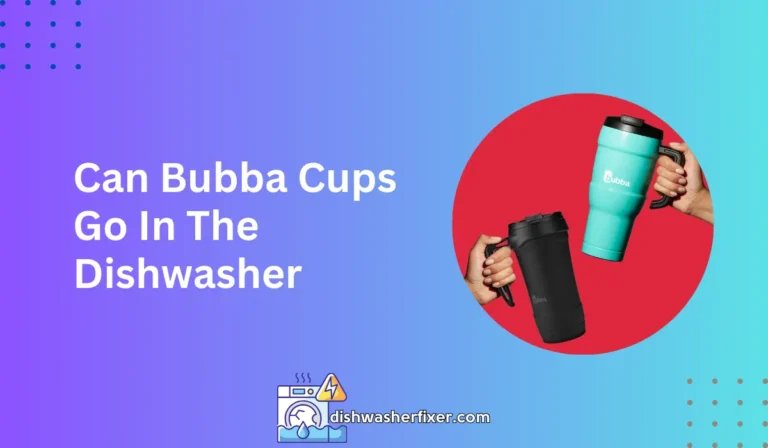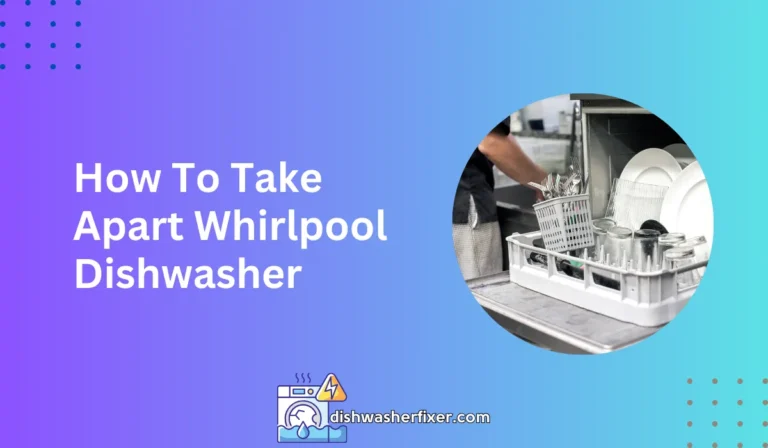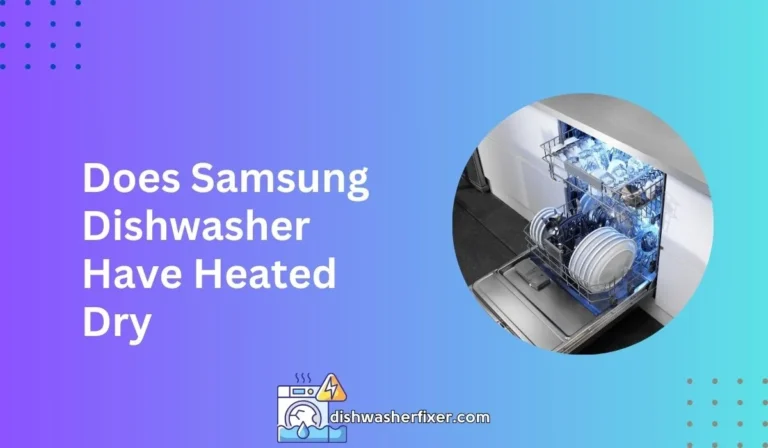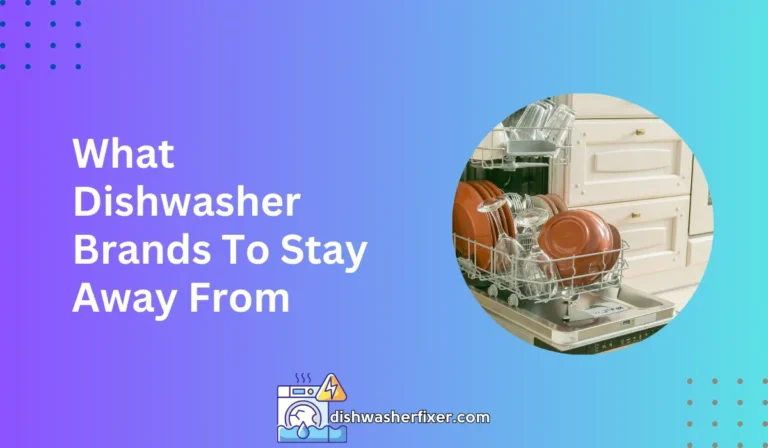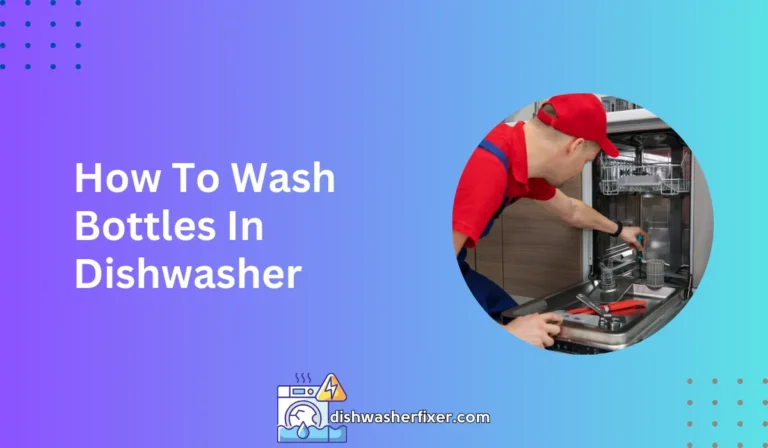Why Do My Dishes Taste Like Soap After Dishwasher? Fix It Now!
Dishes taste like soap after using the dishwasher due to residual detergent, overfilling the machine, or not rinsing dishes properly before loading. Ensure correct detergent amounts and thorough pre-rinse to prevent this issue.
Causes of Soap Taste on Dishes After Dishwasher Use
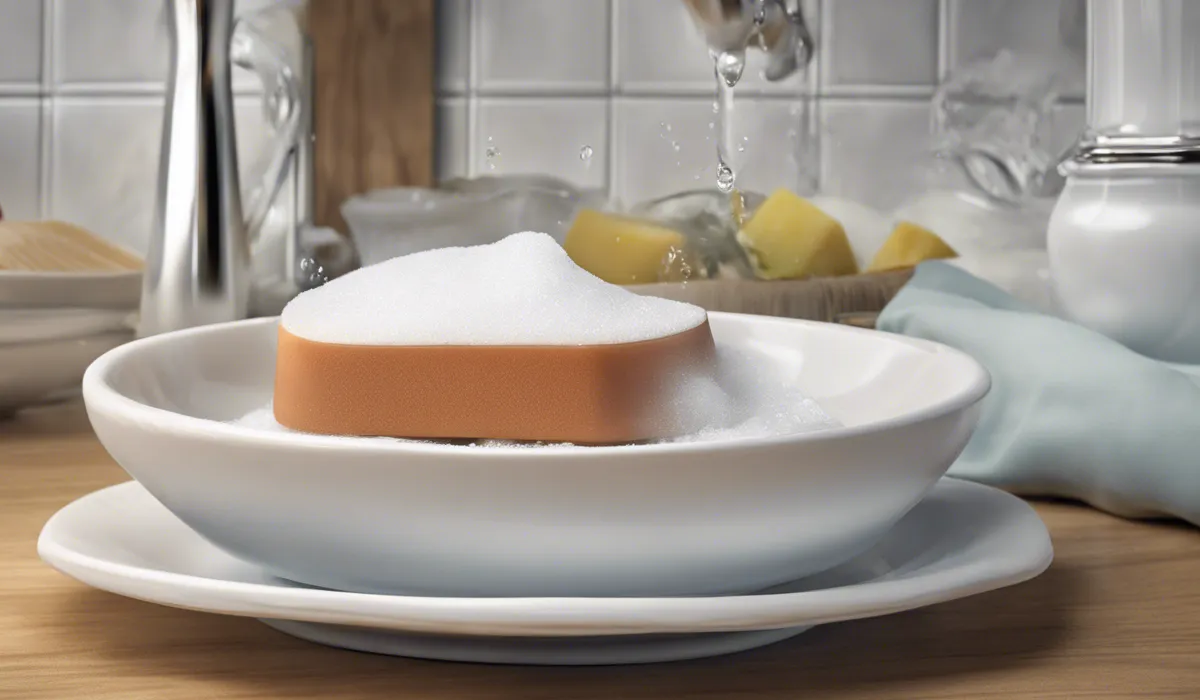
Improper Rinsing Cycle
A common reason for dishes tasting like soap after being washed in a dishwasher is an improper rinsing cycle. This can happen if the dishwasher does not complete its rinse cycle properly, often due to being overloaded.
When too many dishes are packed in, they block the water from reaching all surfaces, leaving soap behind.
Moreover, a short or interrupted cycle can prevent the dishwasher from thoroughly rinsing away detergent, leading to that unpleasant soapy taste on your dishes.
Excessive Detergent Use
Another culprit could be the use of too much detergent. When you use more detergent than necessary, not all of it gets dissolved and washed away, leaving a residue on your dishes.
Additionally, if the amount of detergent is not adjusted to correspond with the level of water hardness in your area, it could also result in soap not rinsing off completely.
This is crucial because hard water requires more detergent, while soft water requires less.
Dishwasher Maintenance Issues
Dishwashers, like any appliance, need regular maintenance to function effectively. Over time, components can wear out or malfunction, which might affect the rinse cycle.
Clogged spray arms or filters are common problems that can restrict water flow and prevent dishes from being rinsed properly.
Additionally, if you do not clean your dishwasher regularly, soap scum and detergent buildup can occur, leading to dishes coming out with a residual soap taste.
Prevention Tips for Soap Taste on Dishes

Correct Detergent Dosage
Preventing soapy tasting dishes starts with using the correct amount of detergent. Always follow the manufacturer’s recommendations for detergent use and consider the water hardness in your area.
If you are unsure about the water hardness, you can obtain a test kit from a hardware store or contact your local water utility company.
Adjusting the detergent dosage accordingly will help ensure that all of it is rinsed away during the cycle, leaving your dishes clean and tasting fresh.
Loading Dishes Properly
How you load your dishwasher can also impact whether your dishes end up tasting like soap. Make sure there’s enough space between dishes for water to circulate.
Place items at the correct angle to expose all surfaces to the water spray. Bowls and cups should face downwards, and larger items should not block smaller ones.
Loading your dishwasher correctly allows for better water flow and more effective rinsing.
Regular Dishwasher Cleaning and Upkeep
Regular cleaning and maintenance of your dishwasher is essential for keeping your dishes soap-free. Clean the filters and spray arms to ensure they are not obstructed by food particles or mineral deposits.
Using a dishwasher cleaner can help remove any soap scum and detergent buildup within the machine. Following these steps will help maintain your dishwasher’s performance and extend its lifespan.
Troubleshooting and Solutions
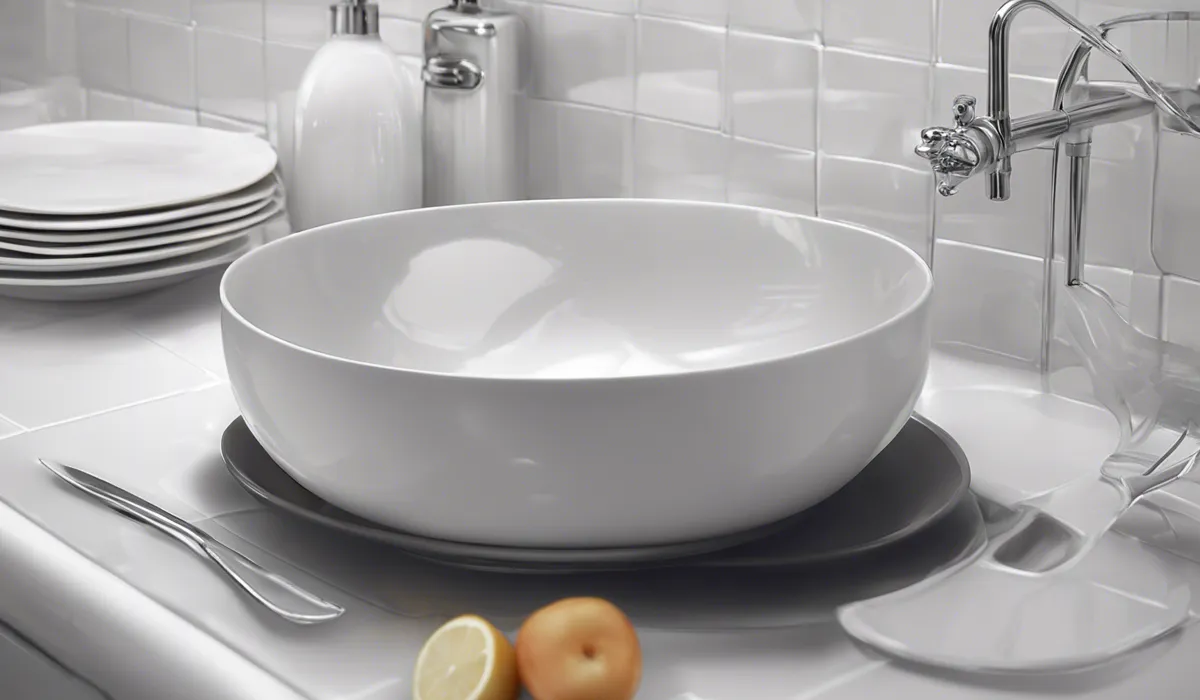
Rinsing Dishes Before Loading
If you notice a soapy taste on your dishes, you might want to start pre-rinsing them before loading the dishwasher. This helps remove excess food particles that could hinder the effectiveness of the wash cycle.
However, be cautious with pre-rinsing if your dishwasher has sensors designed to detect food particles, as they adjust the cycle accordingly.
Pre-rinsing might inadvertently signal to your dishwasher that dishes are cleaner than they are, resulting in a less thorough wash.
Adjusting Dishwasher Settings
It’s also important to select the right settings on your dishwasher. Choose the appropriate wash and rinse cycles for the load of dishes you are washing.
If your dishwasher has a ‘heavy duty’ or ‘pots and pans’ setting, use it for larger loads or more soiled items.
Additionally, consider using a rinse aid, which helps water to sheet off dishes more effectively, reducing the likelihood of soap residue.
Professional Maintenance and Repair
If you’ve tried all the above solutions and still experience problems, it may be time to call in the professionals.
Persistent issues might indicate a need for maintenance or repair that is beyond the scope of typical home upkeep.
If your dishwasher is old or has been repaired multiple times, it might also be more cost-effective to consider replacing it with a new, more efficient model.
FAQs About Soap Taste in Dishes After Dishwasher
Why do my dishes have a soap taste after using the dishwasher?
Soap taste on dishes after dishwashing can occur due to residual detergent, overloading the dishwasher, or insufficient rinsing before loading.
How can I prevent my dishes from tasting like soap after dishwashing?
To prevent a soap taste, use the correct amount of detergent and ensure dishes are well-rinsed before loading them into the dishwasher.
Could the soap taste be due to using too much dishwasher detergent?
Yes, using too much detergent can leave a residue on dishes, causing a soap taste.
Is overfilling the dishwasher a reason for dishes tasting like soap?
Overfilling the dishwasher can prevent proper cleaning and rinsing, potentially leading to a soap taste on dishes.
What should I do if my dishes still taste like soap after adjusting detergent and load size?
If the problem persists, consider cleaning the dishwasher’s filter and spray arms, or using a different detergent brand.
Final Thoughts
Dishes tasting like soap post-dishwasher use may result from too much detergent, crowding the appliance, or inadequate pre-loading rinsing. To avoid soapy residues, measure detergent precisely and pre-rinse dishes.
By adjusting these habits, you can ensure your dishes emerge clean and free from any soapy aftertaste.
Useful Resources
- http://www.fsis.usda.gov/food-safety/safe-food-handling-and-preparation/food-safety-basics/washing-food-does-it-promote-food
- https://www.fda.gov/food/buy-store-serve-safe-food/selecting-and-serving-fresh-and-frozen-seafood-safely
- https://www.cdc.gov/healthywater/emergency/dwa-comm-toolbox/before/tools/FAQ-Boil-Water-Advisories-508.pdf
